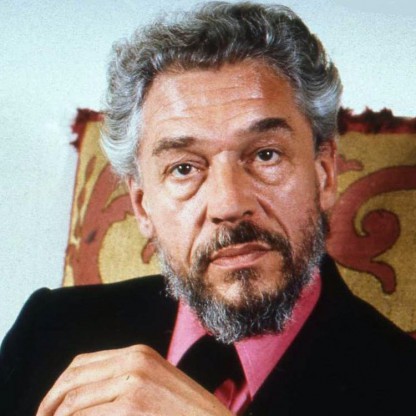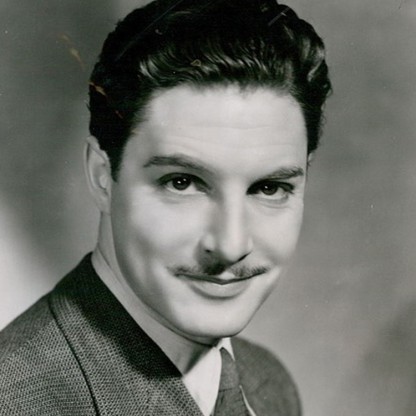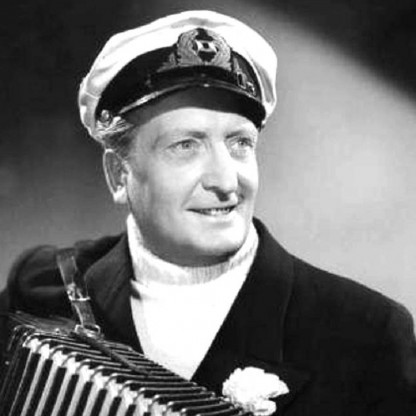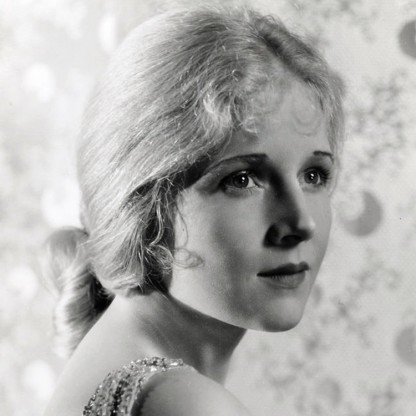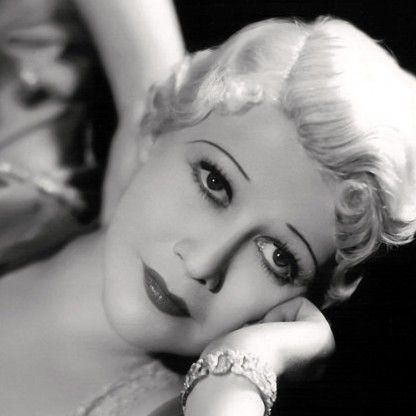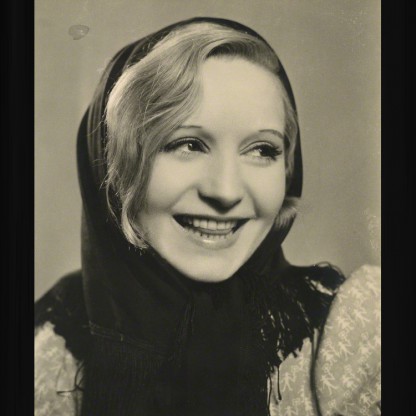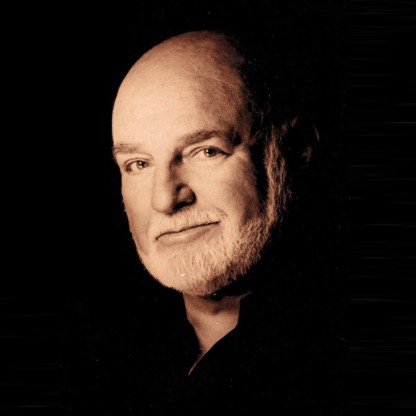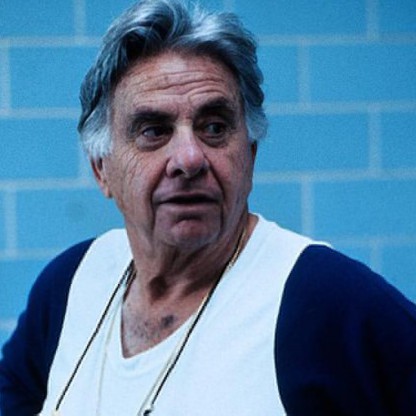Some of the movies he directed include The Long, Hot Summer (1958), The Black Orchid (1958), Paris Blues (1961), Hemingway's Adventures of a Young Man (1962), Hud (1963), The Outrage (1964), The Spy Who Came in from the Cold (1965), Hombre (1967), The Great White Hope (1970), Sounder (1972), Conrack (1974), Norma Rae (1979), Cross Creek (1983), Murphy's Romance (1985), Nuts (1987) and Stanley & Iris (1990).
